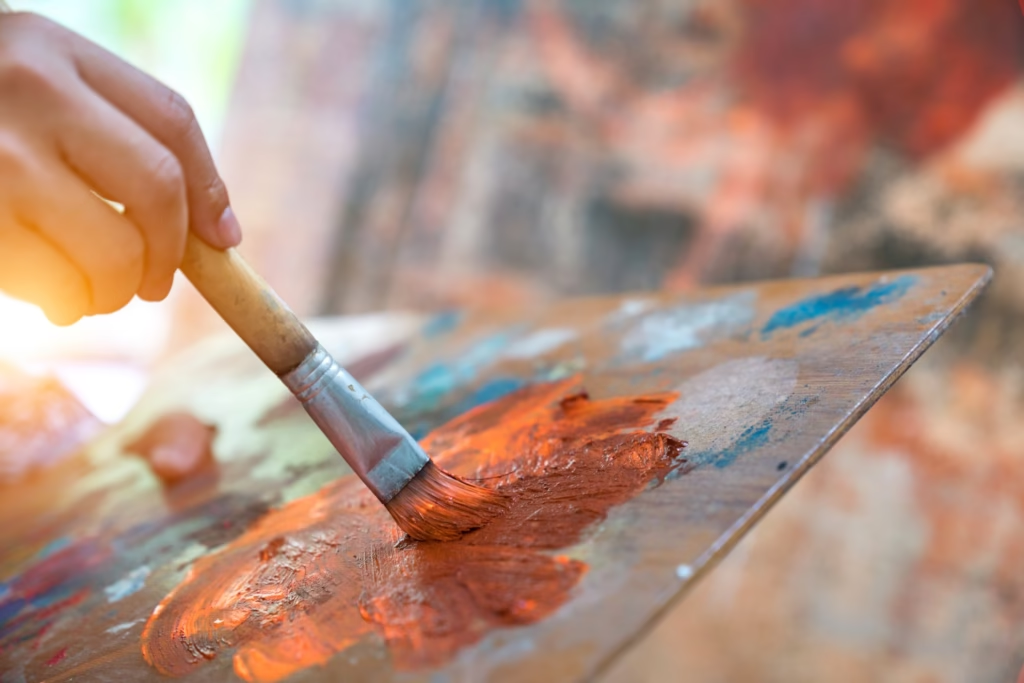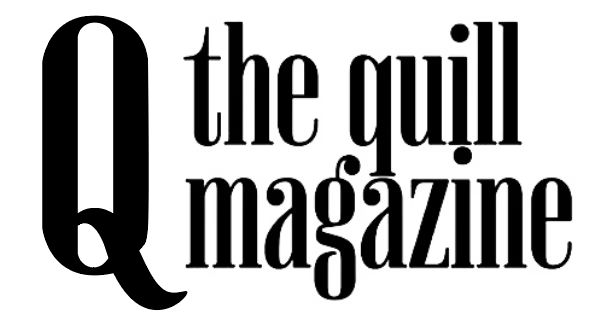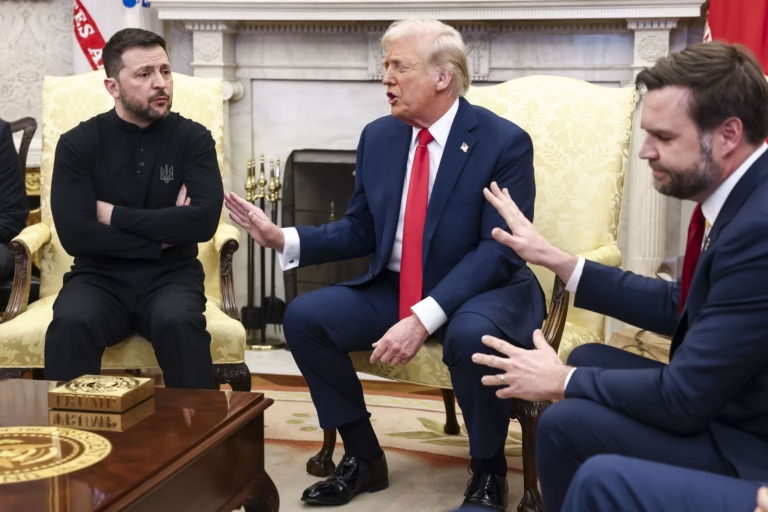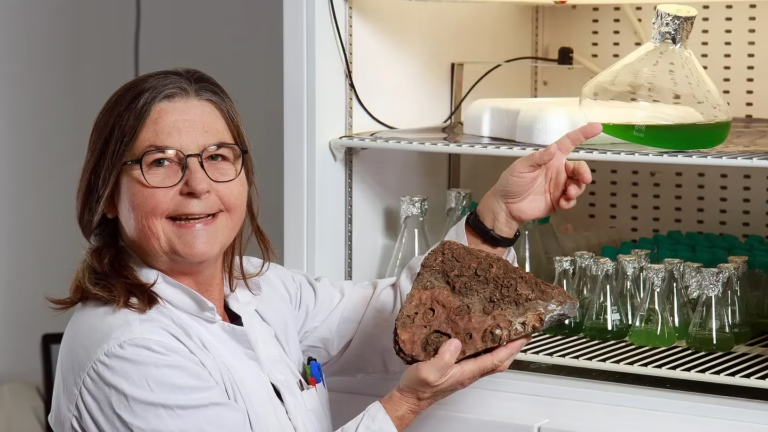From Rembrandt to Picasso! Uncovering Fake Art with 5 Simple Clues

Art forgery has been a part of history for centuries, yet it feels as relevant as ever today, especially in the age of digital manipulation. From the discovery of a low-tech forger’s workshop in Rome to accusations surrounding iconic works in prestigious museums, the history of art deception stretches far beyond the digital age. But how can we protect ourselves from falling prey to a fake masterpiece? Here are a few simple rules for identifying forgeries.
The Discovery of a Forger’s Workshop
In February, Italian authorities uncovered a hidden art forger’s workshop in Rome. Over 70 fraudulent works were seized, including pieces falsely attributed to famous artists like Picasso, Rembrandt, and Pissarro. The forger used online platforms to sell these works, including fake certificates of authenticity, fooling unsuspecting buyers into investing in these imitations. This low-tech method contrasts with today’s high-tech fakes but underscores the age-old art of deception.

The Controversy Around Rubens’ ‘Samson and Delilah’
Another recent controversy that highlighted the persistence of art forgery concerns the painting Samson and Delilah in the National Gallery. Historians and art experts now suggest that this supposed masterpiece by Peter Paul Rubens could be a much later work, possibly dating back only to the 19th century. Although the museum’s experts stand by the attribution, newer technological tools, including AI, have raised questions about the painting’s authenticity. This dispute underscores a growing issue in the art world: how do we determine the legitimacy of a piece?

The Importance of Pigments in Spotting a Fake
When it comes to identifying a fake, pigments are often the first clue. Real forgers must understand both art history and chemistry to succeed in recognizing paintings of famous artists like Picasso, Rembrandt, and Pissarro. Anachronistic pigments, such as the synthetic phthalocyanine green, can reveal a forgery quickly, as was the case in a portrait attributed to Parmigianino. These pigments were not invented until centuries after the original artist’s time. Even the smallest slip-up, such as using titanium white in a forgery of a work by Heinrich Campendonk, can expose the fraud.

A Fake’s Lack of Provenance
One of the most reliable indicators of a forgery is the absence of a strong provenance, or a history of ownership. The story of Han van Meegeren, one of the most famous art forgers of the 20th century, illustrates this perfectly. Van Meegeren sold fake Vermeers to Nazi officials during World War II. However, his forgeries lacked proper documentation, which ultimately led to his downfall when he was exposed as the creator of the paintings. Similarly, the painting by John Constable recently authenticated through tracing its ownership shows the importance of establishing a work’s provenance.

Brushwork: The Fingerprint of an Artist
Another rule for identifying fake art is to examine the brushwork. Each artist has a distinct style, which can be very difficult to replicate. Eric Hebborn, a notorious forger, was able to create convincing forgeries because of his skillful use of alcohol to relax and mimic old masters’ strokes. However, a closer inspection of his work often reveals subtle discrepancies in the gestures, which betrays the painting’s true origin. Brushwork is one of the most intricate and personal aspects of any artwork.
The Power of Technology in Authentication
In some cases, technology provides the final answer. X-rays, pigment analysis, and other scanning technologies have been crucial in verifying the authenticity of artwork. For example, a Van Gogh still life painting was authenticated after an X-ray revealed it had been painted over an earlier image. This deeper examination of a piece can reveal hidden layers, brushstrokes, and alterations that are often invisible to the naked eye.

The Final Red Flags: Small Details Matter
Sometimes, the smallest details can expose a fake. Misspelled signatures or poorly executed details are key indicators. The case of a $17 million fake Pollock illustrates how even the most meticulous forgeries can be undone by simple mistakes, like a missed letter in the artist’s signature. In the case of Knoedler & Co., a renowned art gallery that unknowingly sold forgeries for decades, these seemingly minor details ultimately led to the exposure of the fraud.
The Art of Deception is Timeless
Art forgery has evolved with time, but the principles for spotting a fake remain largely the same. Whether through anachronistic pigments, lack of provenance, or simple mistakes in execution, forgeries can always be exposed with careful analysis. As technology continues to advance, the line between genuine and fake art may blur even further. But as long as we keep these principles in mind, we can preserve the integrity of the art world and protect ourselves from deception.






